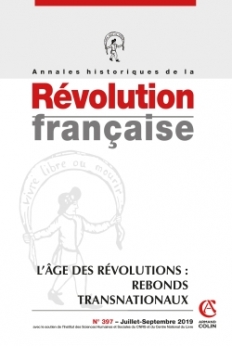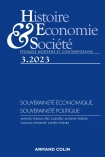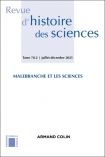
Annales historiques de la Révolution française nº397 (3/2019)
Pour acheter ce numéro, contactez-nous
Recevez les numéros de l'année en cours et accédez à l'intégralité des articles en ligne.
In this current "global age", historians of the French Revolution have increasingly turned their attention to the concept of a transnational Age of Revolutions that stretched across national and regional lines. However, too many of these studies focus on one revolution after another or imply a single coherent revolution that existed only on a transnational level. This article argues that it is possible to write a transnational history of the Age of Revolutions while continuing to focus on the fact that multiple revolutions happened all in their separate localities and developing, at least in part, based on local, contingent events. This article uses the prism of the William Tell story to bridge the divide between transnational and local approaches. Since the William Tell story was well known across the Revolutionary world throughout the long revolutionary period, the story was accessible to participants in a wide variety of revolutionary situations. Furthermore, the William Tell story was extremely flexible in that there was not one single version of the story, allowing political actors, artists, playwrights and others, to manipulate the story and its interpretations in order to fit in with local customs, developments, and needs. Thus popular and moderate strains of the Tell story were used throughout the Age of Revolutions. The Tell story allows a transnational, cultural approach that respects the reality of local contingencies. A cultural approach allows the historian to recognize simultaneously a transnational framework for the Age of Revolutions while allowing for an understanding of contingent differences among the different revolutions.

